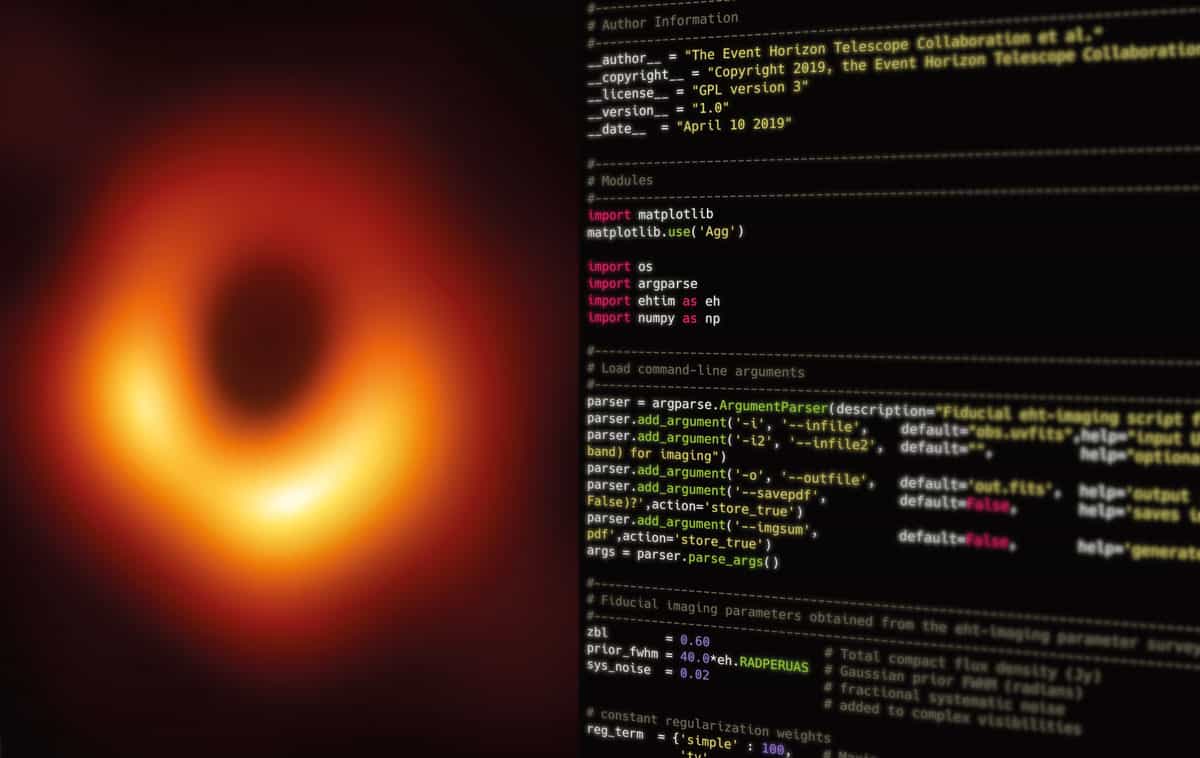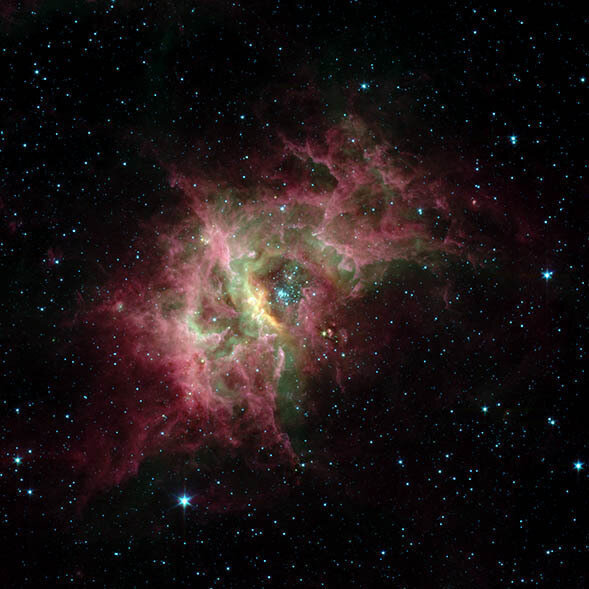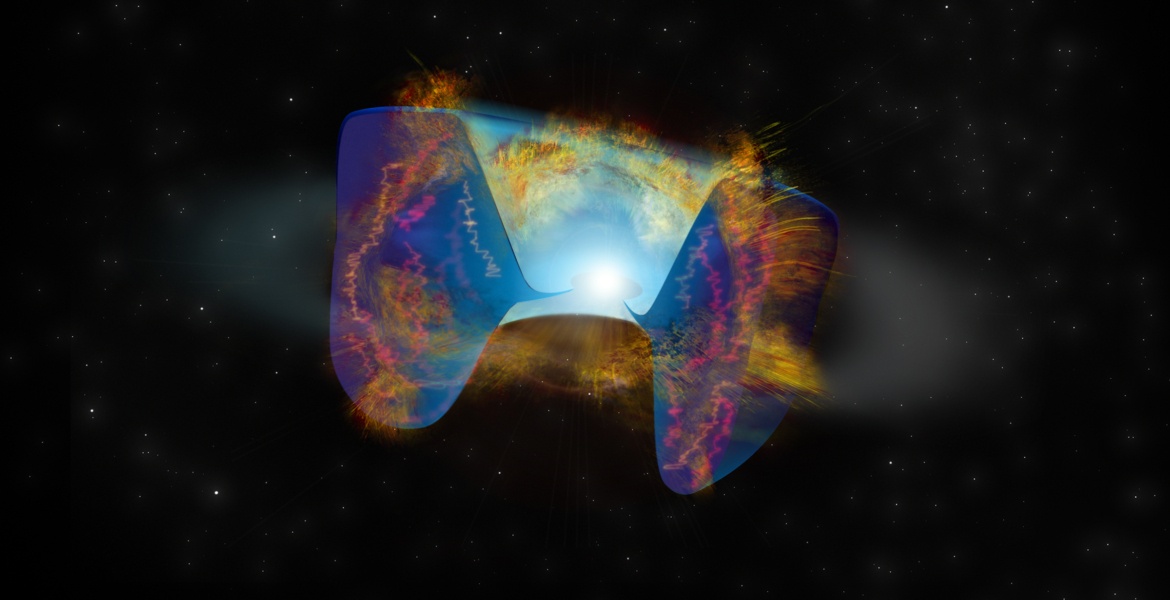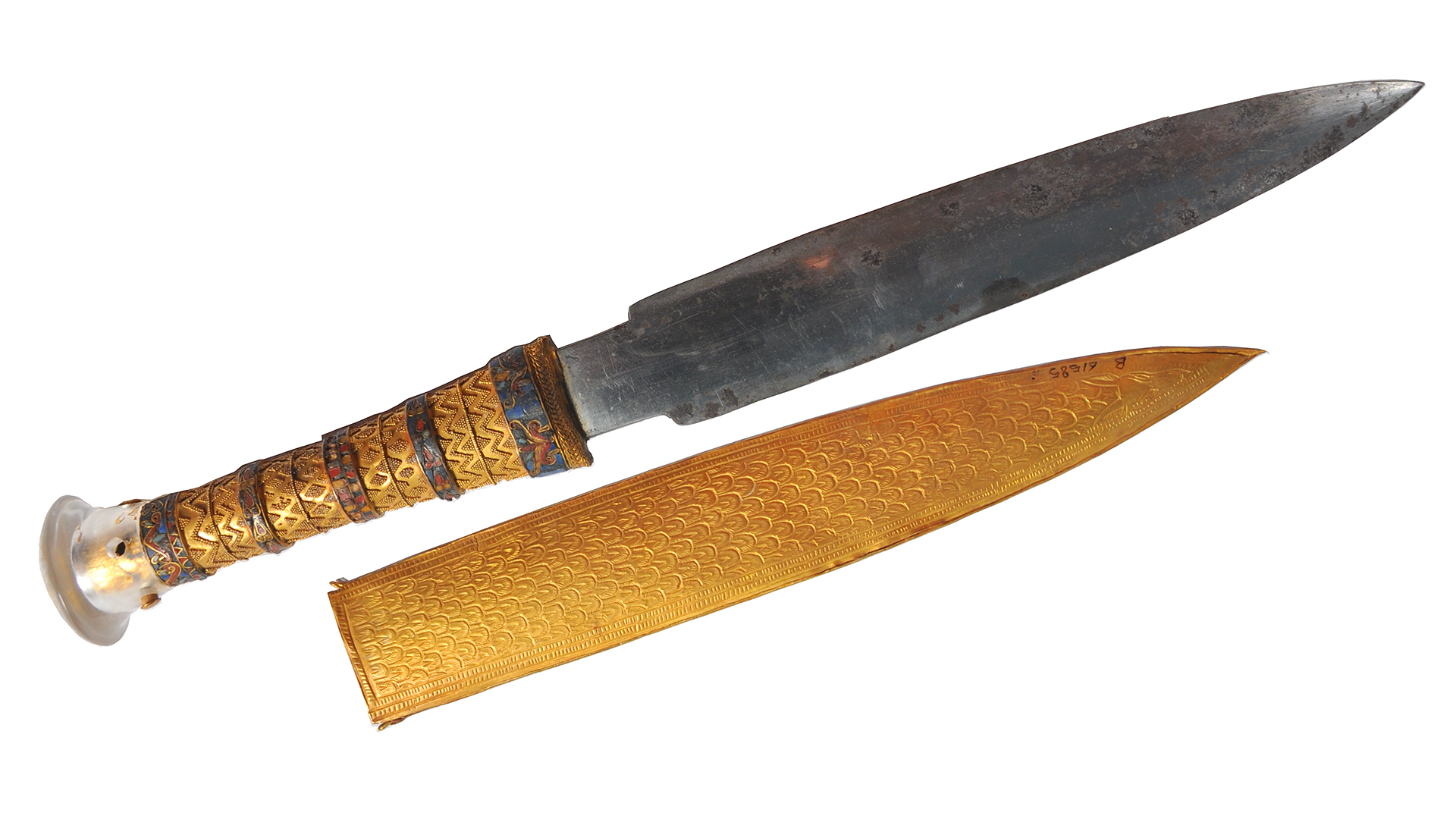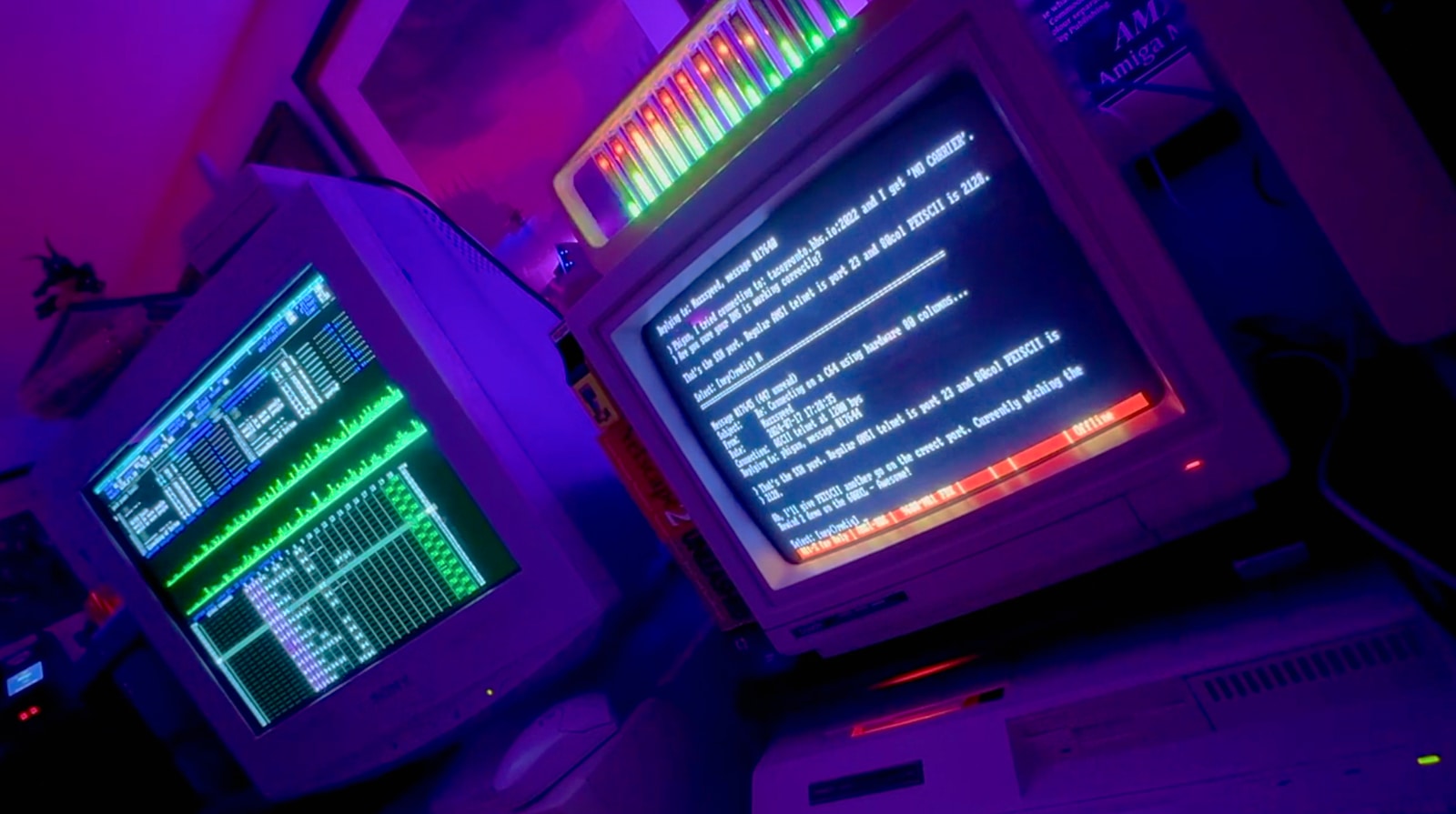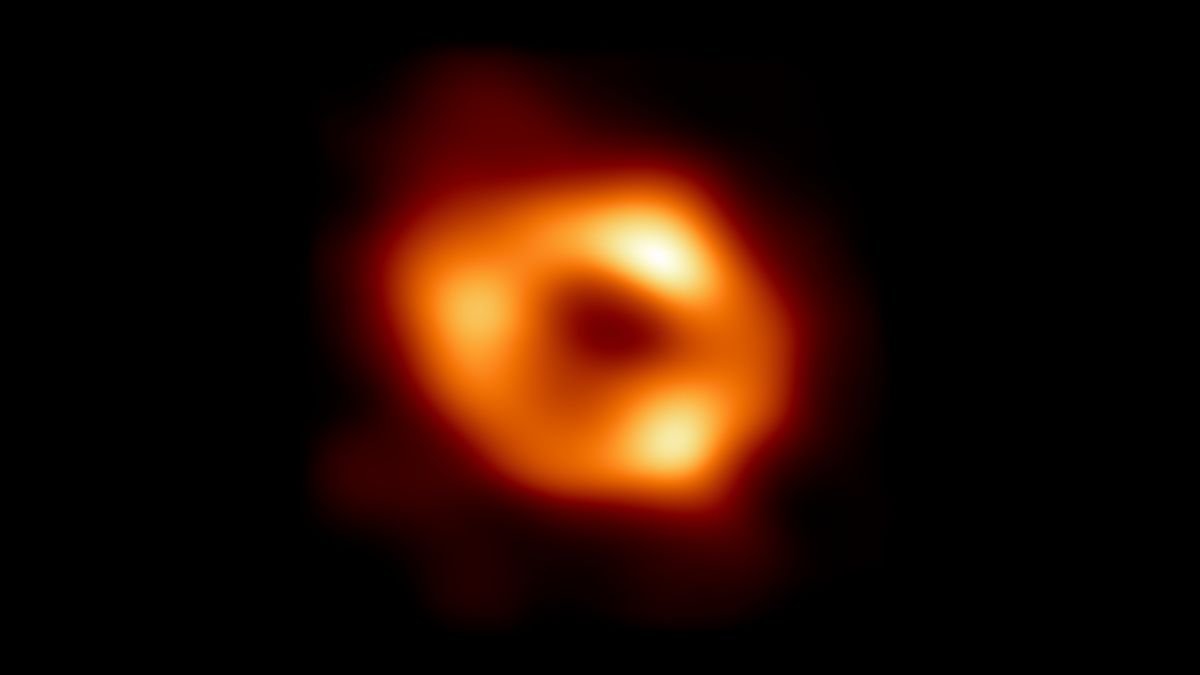
1st image of our Milky Way's black hole may be inaccurate, scientists say
"We hypothesize that the ring image resulted from errors during EHT's imaging analysis and that part of it was an artifact, rather than the actual astronomical structure."
Although our local cosmic abyss, named Sgr A* (short for Sagittarius A*), resides just 26,000 light-years from Earth, it has proven to be a very difficult object to image. This is thanks in part to material whipping around it at near light-speeds. However, after years of trying, scientists with the Event Horizon Telescope (EHT) project succeeded in 2022.The black hole's silhouette emerged from the shadows, appearing like a fuzzy orange doughnut.
Yet now, an independent analysis of the EHT data suggests part of the image's doughnut-like appearance may be an artifact due to the way it was put together. This discovery owes itself to a trio of scientists at the National Astronomical Observatory of Japan (NAOJ).
The ring-like structure, which really represents intense radio waves blasted from the brilliant disk of gas, known as the "accretion disk," that's swirling around the black hole, may in fact be more elongated than appears, the researchers argue.
